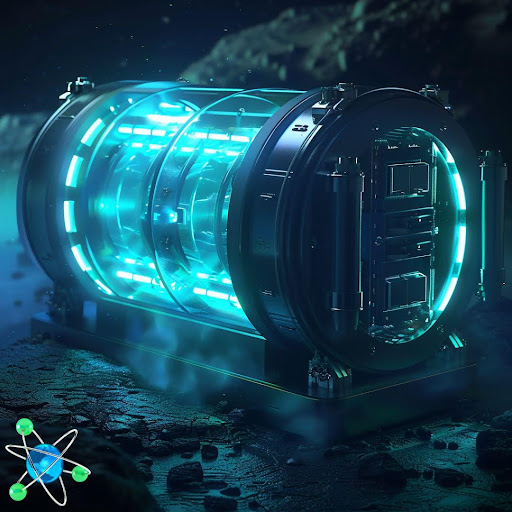
- Recent hailstorm at Fighting Jays Solar Farm in Texas results in extensive damage, showcasing the fragility of solar infrastructure under extreme weather conditions.
- A technical examination reveals why nuclear energy, with its robust safety and engineering standards, stands as a more resilient and reliable energy source.
- As energy demands grow, the sustainability and durability of energy sources become paramount, positioning nuclear power as a critical component of future energy strategies.
In-depth Analysis: The recent hailstorm on March 15, 2024, which battered the Fighting Jays Solar Farm located near Needville, Fort Bend County, Texas, underscores a critical vulnerability in solar energy production. The farm, which had a capacity of 350 megawatts sufficient to power approximately 62,000 homes, faced severe impacts from baseball-sized hail. The storm led to substantial damage across thousands of solar panels, significantly reducing the facility’s operational capacity. The financial ramifications and the timeframe for restoration remain uncertain, highlighting a disruption risk inherent to solar energy infrastructure.
Comparative Resilience of Nuclear Power: Nuclear power plants are engineered to withstand not only operational stresses but also severe natural disasters, including major hailstorms, earthquakes, and tsunamis. For instance, nuclear reactors are housed within containment buildings made of steel and reinforced concrete capable of resisting impacts of up to aircraft crash standards. Additionally, nuclear facilities employ passive safety systems that require no active inputs to maintain safety in emergencies. These systems are designed based on a philosophy that leverages natural forces like gravity, natural convection, and resistance to high temperatures, thereby enhancing the inherent safety of nuclear operations.
Technological Advancements in Nuclear Energy: Modern advancements in nuclear technology further bolster the argument for nuclear power’s superiority in terms of reliability and sustainability. The development of Generation IV reactors, which focus on sustainability in nuclear energy generation, safety, and proliferation resistance, is pivotal. Technologies like molten salt reactors and high-temperature gas-cooled reactors are designed to operate at higher thermal efficiencies and can be shut down safely in emergencies without human intervention.
Sustainability and Energy Security: While renewable sources like solar and wind are invaluable for their low environmental impacts, their intermittent nature poses challenges for grid stability and consistent power supply. Nuclear power, on the other hand, provides a constant output and a high capacity factor exceeding 90%, making it a more reliable base load energy source. The density of nuclear energy also means that nuclear power plants occupy less land area per megawatt produced compared to solar or wind farms, addressing another dimension of environmental sustainability and land use efficiency.
Conclusion: The incident at Fighting Jays Solar Farm is a stark reminder of the need for resilient energy systems. While solar energy continues to be an important part of the energy mix, its susceptibility to weather-related disruptions can limit its reliability as a sole energy solution. Nuclear power, with its robust infrastructure and ongoing technological advancements, offers a more sustainable and dependable alternative for meeting the world’s growing energy needs. As we move forward, the focus should be on integrating diverse energy sources while enhancing the resilience and safety profiles of these technologies to secure a stable and sustainable energy future.
